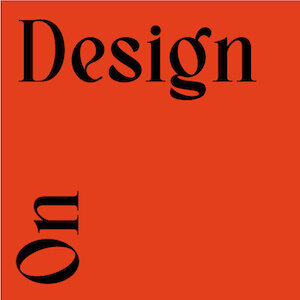Piero Lissoni on curiosity and making mistakes
It was the opening of DePadova’s first branded space in the UK—in London’s Chelsea—that brought me and Lissoni together for what I thought will be a conversation about furniture, architecture, his latest projects, and new collections.
Instead, our discussion quickly started to revolve around concepts such as humanism, failure and curiosity. Piero explained that Politecnico di Milano provided the foundation of what will become his design and architecture practice. It offered a combination of a scientific approach and a humanistic outlook. The latter Lissoni refers to in our conversation as the ‘human measurement’. And whilst he and fellow students applied themselves thoroughly to their studies, he recalls the prevailing sense of ‘anarchy’. When probed if the anarchy was linked to the approach to design or architecture, it becomes clear that Lissoni uses the term to refer to fond memories of all the late nights and the feeling of being unstoppable, which many of us have experienced in our twenties.
Our conversation then moves on to doubt, curiosity and passion; key qualities that underpin Lissoni’s practice. When asked about his most memorable projects he promptly responds that he doesn’t have any, as he is never happy with the final result. Instead, he’s driven by mistakes and the constant refinement of architectural and design solutions. When asked what informs his decisions, he likens himself to a wild animal, whose senses tell him immediately when a piece of work is aesthetically ‘dangerous’. That sensibility led him to design buildings such as The Middle House and Casa Fantini, and objects for the likes of Alessi, Boffi, B&B, Flos, Kartell and Salvatori among others.
It’s that focus on constantly evolving through work and making mistakes that make Lissoni uninterested in designing ‘icons’. Something he believes some of his contemporaries suffer from. Rather than being ‘creators’, he sees designers and architects as ‘workers’—using their hands and logical minds to shape new objects and buildings.
As our conversation nears the end, we touch on the subject of luxury and its meaning. Unfortunately, according to Lissoni, luxury has become vulgarised, associated with excessive wealth and flashy material possessions. Whilst for him—he’s a Milanese man after all—luxury is hidden in the everyday qualities of life, good taste and his all-time favourite—curiosity.
__
Listen to the Justyna Green podcast now on Apple Podcasts, Spotify and Google Podcasts.
Presented and produced by Justyna Green - follow Justyna on Instagram.
Production and music by James Green







